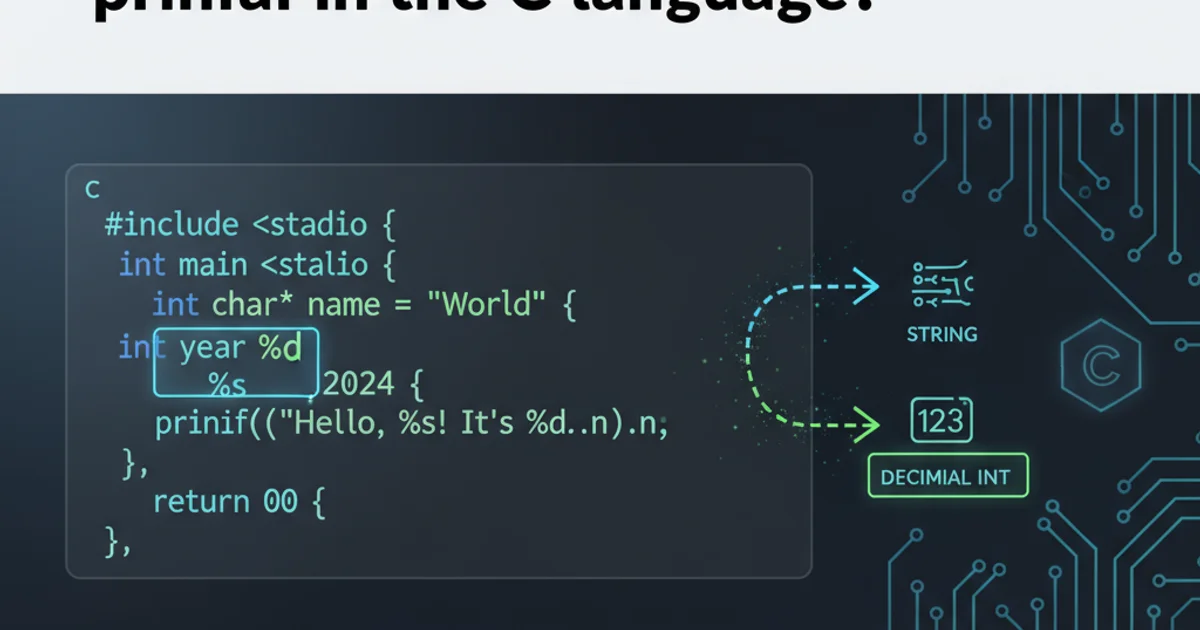sql query "WHERE IN"
Mastering the SQL WHERE IN Clause: A Comprehensive Guide

Explore the versatility of the SQL WHERE IN clause for filtering data based on multiple values, enhancing your query efficiency and readability.
The WHERE IN clause is a fundamental component of SQL, allowing you to specify multiple values in a WHERE clause. Instead of writing multiple OR conditions, IN provides a concise and often more readable way to filter your data. This article will delve into its syntax, common use cases, performance considerations, and best practices.
Understanding the Basic Syntax
The basic syntax of the WHERE IN clause involves specifying a column name, followed by the IN keyword, and then a list of values enclosed in parentheses. The query will return rows where the specified column's value matches any of the values in the provided list.
SELECT column1, column2
FROM your_table
WHERE column_name IN (value1, value2, value3, ...);
Basic syntax of the SQL WHERE IN clause.
Let's consider a practical example. Suppose you have a table named Products and you want to retrieve all products that belong to specific categories, such as 'Electronics' and 'Books'.
SELECT ProductID, ProductName, Category
FROM Products
WHERE Category IN ('Electronics', 'Books');
Filtering products by multiple categories using WHERE IN.
Using Subqueries with WHERE IN
One of the most powerful features of the WHERE IN clause is its ability to work with subqueries. This allows you to dynamically generate the list of values from another query, making your filters highly flexible and data-driven. The subquery must return a single column of values.
flowchart TD
A[Start Query] --> B{"SELECT ... FROM Table1 WHERE Column1 IN (Subquery)"};
B --> C[Execute Subquery];
C --> D[Return List of Values];
D --> E[Filter Table1 using List];
E --> F[Return Result];Flowchart illustrating the execution of a WHERE IN clause with a subquery.
Imagine you want to find all orders placed by customers who live in 'New York' or 'California'. Instead of manually listing customer IDs, you can use a subquery to fetch them from the Customers table.
SELECT OrderID, CustomerID, OrderDate
FROM Orders
WHERE CustomerID IN (
SELECT CustomerID
FROM Customers
WHERE State IN ('New York', 'California')
);
Using a subquery to filter orders based on customer location.
WHERE IN, ensure the subquery returns a single column. If it returns multiple columns, the query will result in an error.Performance Considerations and Alternatives
While WHERE IN is highly convenient, it's important to be aware of its performance implications, especially with very large lists of values or complex subqueries. For a small, static list of values, IN is generally efficient. However, for very large lists, or when the subquery itself is slow, performance can degrade.
Alternatives to WHERE IN include JOIN operations and EXISTS clauses, particularly when dealing with subqueries that might return a large number of rows or when you need to optimize for specific database systems.
-- Using JOIN as an alternative to WHERE IN with a subquery
SELECT O.OrderID, O.CustomerID, O.OrderDate
FROM Orders O
JOIN Customers C ON O.CustomerID = C.CustomerID
WHERE C.State IN ('New York', 'California');
-- Using EXISTS as an alternative
SELECT O.OrderID, O.CustomerID, O.OrderDate
FROM Orders O
WHERE EXISTS (
SELECT 1
FROM Customers C
WHERE C.CustomerID = O.CustomerID
AND C.State IN ('New York', 'California')
);
Alternatives to WHERE IN: JOIN and EXISTS clauses.
IN, JOIN, and EXISTS often depends on the specific database system, the size of the data sets, and the complexity of the query. It's recommended to test different approaches with your actual data to determine the most performant solution.